

Articles
What Is A Gate Valve In Plumbing
Modified: August 27, 2024
Looking for articles about gate valves in plumbing? Discover what a gate valve is and how it functions in plumbing systems. Read more now!
(Many of the links in this article redirect to a specific reviewed product. Your purchase of these products through affiliate links helps to generate commission for Storables.com, at no extra cost. Learn more)
Introduction
In the world of plumbing, gate valves play a crucial role in regulating the flow of water and other fluids. These valves are commonly used in residential, commercial, and industrial plumbing systems to control the movement of liquids or gases. Understanding what a gate valve is and how it works is essential for anyone involved in plumbing or looking to gain a deeper understanding of the system’s mechanics.
A gate valve is a type of valve that uses a gate or wedge-shaped disc to control the flow of fluid through a pipe or conduit. It is named so because the disc moves up and down like a gate to either allow or block the flow of fluid. This design gives gate valves a distinct advantage over other types of valves when it comes to controlling high-pressure systems.
Gate valves are typically made of steel, cast iron, brass, or bronze, making them durable and resistant to corrosion. They also come in various sizes, ranging from small valves used in residential plumbing systems to large valves used in industrial applications.
The functionality of a gate valve is relatively straightforward. When the valve is fully open, the gate rises to allow a complete flow of fluid, and when it is closed, the gate lowers to block the flow entirely. This on/off capability makes gate valves ideal for applications where the flow needs to be fully controlled or halted, rather than regulated gradually.
Key Takeaways:
- Gate valves are essential for precise flow control in plumbing systems, providing full flow control, tight shut-off, and durability. Regular maintenance is crucial to ensure their optimal performance and longevity.
- While gate valves offer advantages such as reliability and versatility, they also come with limitations, including slow operation and potential for water hammer. Understanding their maintenance needs is vital for efficient plumbing systems.
Read more: What Is A Check Valve In Plumbing
Definition of a Gate Valve
A gate valve is a type of valve that controls the flow of fluids or gases by raising or lowering a gate or wedge-shaped disc. It is designed for either fully open or fully closed positions, providing a tight seal to prevent any leakage. Gate valves are commonly used in plumbing systems, as well as in various industrial applications, where the control of fluid flow is crucial.
Gate valves are named after their characteristic gate-like disc, which is positioned parallel to the direction of flow when the valve is fully open. This disc moves up and down within the valve body, allowing or obstructing the flow of fluids or gases. When the gate valve is fully open, the disc lifts completely, creating a clear pathway for the fluid to pass through. Conversely, when the valve is fully closed, the disc drops down to block the flow entirely.
One of the key features of gate valves is their ability to provide a tight shut-off, making them suitable for applications where leak prevention is essential. When the valve is in the closed position, the gate fits tightly against the valve seat, preventing any fluid from passing through. This tight seal ensures that there is no leakage, making gate valves preferable in situations where the flow needs to be completely stopped.
Gate valves are typically designed for either rising or non-rising stem configurations. In rising stem gate valves, the stem connected to the gate rises and lowers as the valve is operated, providing a visual indication of the valve position. Non-rising stem gate valves, on the other hand, have a stem that remains stationary while the gate moves up and down within the valve body. Both types offer reliable performance, and the choice of rising or non-rising stem depends on the specific application and installation requirements.
How a Gate Valve Works
A gate valve operates on a simple but effective principle. It uses a gate or wedge-shaped disc to control the flow of fluids or gases through a pipe or conduit. The opening and closing of the gate allow for the regulation of the flow, making gate valves suitable for applications where the flow needs to be fully controlled or halted.
When a gate valve is in the fully open position, the gate or disc is lifted completely out of the way, creating an unobstructed pathway for the fluid or gas to pass through. This allows for maximum flow with minimal resistance and pressure drop.
To close the valve, the gate is lowered back into position within the valve body. As the wedge-shaped disc is lowered, it gradually closes off the passageway, restricting or stopping the flow of fluid altogether. This downward movement of the gate creates a tight seal against the valve seat, preventing any leakage.
The operation of a gate valve is typically manual, requiring a handle or wheel to rotate the stem. Turning the handle or wheel in a clockwise direction lifts the gate, opening the valve, while turning it counterclockwise lowers the gate, closing the valve. The stem is connected to the gate, allowing it to move up and down within the valve body.
It is worth noting that gate valves are primarily designed for on/off service rather than throttling or regulating flow. In other words, they are not meant to be partially opened or closed to control the flow rate. Gate valves are ideal for applications where the flow needs to be completely halted or fully open.
The design of a gate valve allows for a low friction loss, making it suitable for high-pressure systems. The straight-through passage created when the valve is fully open minimizes turbulence and pressure drops, ensuring efficient flow through the pipeline.
Overall, gate valves offer a reliable and straightforward solution for the control of fluid or gas flow. Their simple but effective design, combined with their ability to provide a tight shut-off, makes them a popular choice in various plumbing and industrial applications.
Types of Gate Valves
Gate valves come in different types, each with its own unique design and characteristics. The choice of gate valve type depends on the specific application requirements, including the operating conditions, the media being transported, and the desired flow control capabilities. Here are some of the most common types of gate valves:
- Parallel Slide Gate Valve: Parallel slide gate valves have two parallel gates that move in opposite directions within the valve body. This design allows for a smooth and balanced operation, reducing wear and extending the valve’s lifespan. Parallel slide gate valves are commonly used in high-pressure or high-temperature applications.
- Wedge Gate Valve: Wedge gate valves have a single gate with a wedge-shaped disc. The gate fits into a wedge-shaped seat, creating a tight seal when the valve is closed. This design provides excellent shut-off capabilities and is suitable for both high-pressure and low-pressure applications.
- Knife Gate Valve: Knife gate valves feature a sharpened, beveled edge gate that cuts through liquids or solids, making them ideal for applications that involve thick or viscous media. These valves are commonly used in wastewater treatment plants, mining, and pulp and paper industries.
- Slide Gate Valve: Slide gate valves have a flat gate that slides horizontally to open or close the valve. They are often used in dry material handling applications, such as in the bulk handling of powders, granules, or pellets.
- Split Wedge Gate Valve: Split wedge gate valves have a two-piece gate with a split down the middle. This design allows for self-adjustment, compensating for seat wear and ensuring a tight seal over time. Split wedge gate valves are commonly used in critical applications where a reliable shut-off is required.
- Rising Stem Gate Valve: Rising stem gate valves have a stem that moves up and down as the gate opens and closes. This design provides a visual indication of the valve position, making it easier to determine whether the valve is fully opened or closed.
- Non-Rising Stem Gate Valve: Non-rising stem gate valves have a stem that remains stationary while the gate moves up and down. These valves are often used in applications where space is limited, as they do not require as much vertical clearance for operation.
It is important to select the appropriate type of gate valve based on the specific application requirements to ensure optimal performance and longevity. Consulting with a professional or a knowledgeable valve supplier can help in choosing the right gate valve type for the intended use.
Common Uses of Gate Valves in Plumbing
Gate valves are widely used in plumbing systems due to their ability to provide reliable and efficient flow control. Their versatility and durability make them suitable for various applications within residential, commercial, and industrial plumbing. Here are some common uses of gate valves in plumbing:
- Main Water Supply: Gate valves are often used as main shut-off valves for the water supply line entering a building or property. These valves allow for easy and complete shut-off of the water flow, making them essential for emergency situations, maintenance, or repairs.
- Branch Lines and Isolation: Gate valves are commonly installed in branch lines to control the flow of water to specific areas or fixtures, such as sinks, toilets, showers, and appliances. These valves allow for individual isolation and control of the water supply to different zones within a plumbing system.
- Irrigation Systems: Gate valves are frequently used in irrigation systems to control the flow of water to different areas or sections of a landscape. They provide reliable on/off capabilities, allowing for precise control and efficient distribution of water for irrigation purposes.
- Water Distribution Networks: Gate valves are integral components in municipal water distribution networks. They are used to regulate and control the flow of water through pipelines, ensuring the efficient delivery of water to various areas within a city or town.
- Water Treatment Plants: Gate valves play a crucial role in water treatment plants, where they are used to regulate the flow of water during different treatment processes. These valves provide precise control and shut-off capabilities, allowing for efficient filtration, disinfection, and distribution of treated water.
- Fire Sprinkler Systems: Gate valves are often installed in fire protection systems, including sprinkler systems. These valves control the water flow and allow for rapid activation of the sprinklers in the event of a fire, ensuring the effective suppression of flames and protection of property.
- Industrial Plumbing Systems: Gate valves find extensive use in industrial plumbing systems for various applications, such as controlling the flow of process fluids, isolating sections of pipelines for maintenance or repairs, and regulating the flow of gases or liquids in industrial processes.
- Plumbing Fixtures and Appliances: Gate valves are sometimes used in plumbing fixtures and appliances, including toilets, faucets, and dishwashers. These valves provide a convenient way to shut off the water supply to these fixtures when needed, allowing for repairs or replacements to be conducted.
Gate valves offer reliable flow control in plumbing systems, allowing for precise isolation, on/off operation, and efficient water distribution. Their versatility and widespread usage make them an essential component in various plumbing applications.
When installing a gate valve in plumbing, make sure to position it in a way that allows for easy access for maintenance and repairs. This will save time and effort in the long run.
Read more: What Is A Stop Valve In Plumbing
Advantages of Using Gate Valves
Gate valves offer several advantages that make them a popular choice in plumbing systems and various industrial applications. Understanding these advantages can help in determining the most suitable valve type for a specific application. Here are some of the key advantages of using gate valves:
- Full Flow Control: Gate valves provide excellent flow control capabilities, allowing for the complete opening or closing of the valve. This on/off operation is beneficial in applications where the flow needs to be fully controlled or halted, rather than regulated gradually.
- Tight Shut-Off: Gate valves are known for their ability to provide a tight shut-off, ensuring zero leakage when the valve is closed. The gate or disc design, along with the tight seal against the valve seat, prevents any fluid or gas from passing through, minimizing the risk of leakage or contamination.
- Low Pressure Drop: Gate valves have a straight-through passage when fully open, minimizing turbulence and pressure drops. This design allows for efficient flow through the pipeline, reducing energy consumption and ensuring optimal performance in high-pressure systems.
- Durable and Reliable: Gate valves are made from sturdy materials such as steel, cast iron, brass, or bronze, making them highly durable and resistant to corrosion. They can withstand high pressures, temperatures, and various operating conditions, ensuring long-term reliability and minimal maintenance requirements.
- Versatility: Gate valves can be used in a wide range of applications, from residential plumbing systems to industrial processes. They are suitable for handling various fluids and gases, making them versatile and adaptable to different environments and industries.
- Visual Position Indication: Rising stem gate valves provide a visual indication of the valve position. The stem moves up and down as the gate opens or closes, allowing users to easily determine whether the valve is fully opened or closed. This feature can be beneficial for troubleshooting or maintenance purposes.
- Suitable for High-Pressure Systems: Gate valves are designed to withstand high-pressure conditions, making them ideal for applications where pressure control is critical. Their ability to provide a tight shut-off and handle high-pressure situations makes them reliable and efficient in demanding environments.
- Ease of Operation: Gate valves are typically operated manually with a handle or wheel. This simplicity of operation makes them easy to use and maintain. In addition, gate valves require minimal force to operate, ensuring smooth and hassle-free control of the valve.
Overall, gate valves offer numerous advantages, including full flow control, tight shut-off, low pressure drops, durability, versatility, and ease of operation. These features make gate valves a preferred choice in many plumbing and industrial applications, ensuring efficient and reliable flow control.
Disadvantages of Using Gate Valves
While gate valves offer many advantages, it is important to consider their limitations and potential drawbacks in certain situations. Understanding the disadvantages of using gate valves can help in making informed decisions regarding their suitability for specific applications. Here are some common disadvantages of gate valves:
- Slow Operation: Gate valves may have a slower response time compared to other types of valves. Opening or closing a gate valve requires multiple turns of the handle or wheel, which can be time-consuming and impractical in situations where quick adjustments are necessary.
- Limited Flow Control: Gate valves are primarily designed for on/off service rather than throttling or regulating flow. Attempting to partially open or close a gate valve to control the flow rate can result in increased turbulence, pressure drops, and potential damage to the valve or pipeline.
- Potential for Water Hammer: Water hammer, a phenomenon caused by sudden changes in fluid flow, can occur when gate valves are rapidly closed. The momentum of the flowing fluid can create pressure surges, leading to vibrations, noise, and potential damage to the plumbing system. Proper installation with additional measures, such as the use of surge suppressors, is necessary to minimize the risk of water hammer.
- Space Requirements: Gate valves require sufficient space for operation due to their rising or non-rising stem design. In applications where space is limited, such as in tight or confined areas, the installation of gate valves may pose challenges and might not be the most practical option.
- Potential for Sticking: Over time, gate valves may experience sticking or jamming due to sediment buildup or corrosion. This can make the operation of the valve difficult or even lead to the valve becoming completely non-functional. Regular maintenance, including cleaning and lubrication, is essential to prevent sticking and ensure smooth operation.
- Not Suitable for Slurries or Viscous Media: Gate valves may not be the best choice for handling slurries or highly viscous fluids. The design of gate valves, particularly those with flat or wedge-shaped gates, can pose challenges in maintaining a reliable and leak-free seal in applications involving thick or abrasive media.
- Potential for Cavitation: In certain high-pressure and high-velocity applications, gate valves can experience cavitation. Cavitation is the formation and collapse of vapor bubbles within the flowing fluid, resulting in noise, damage to the valve surfaces, and reduced performance. Proper sizing and application-specific consideration are necessary to minimize the risk of cavitation.
- Higher Costs: Gate valves, particularly those designed for high-pressure or specialized applications, can be relatively expensive compared to other types of valves. The materials, construction, and design features of gate valves contribute to their durability and performance, but these factors can also result in higher costs.
It is important to evaluate the advantages and disadvantages of gate valves in relation to the specific requirements of the plumbing system or industrial application. In some cases, the benefits of gate valves outweigh the disadvantages, while in others, alternative valve types may be more suitable.
Maintenance and Troubleshooting Tips for Gate Valves
Maintaining gate valves in proper working condition is crucial to ensure their longevity and optimal performance. Regular maintenance, along with troubleshooting efforts, can help identify and address any issues that may arise with gate valves. Here are some maintenance and troubleshooting tips for gate valves:
- Regular Inspection: Conduct routine inspections to check for any signs of wear, corrosion, or leakage. Inspect the valve body, stem, gate, and seats for any damage or buildup that may affect the valve’s functionality.
- Lubrication: Proper lubrication is essential to ensure smooth operation and prevent sticking. Apply a suitable valve lubricant to the stem and gate periodically as recommended by the manufacturer.
- Clean the Valve: Remove any debris or sediment that may accumulate around the valve or inside the valve body. Use a non-corrosive cleaning agent and a soft brush to clean the valve components thoroughly.
- Check Sealing Surface: Inspect the sealing surface of the gate and the valve seat for any signs of damage or irregularities. A damaged sealing surface may result in leakage when the valve is closed. If necessary, repair or replace the gate or valve seat to ensure a proper seal.
- Address Leaks: If a gate valve is experiencing leaks, check for loose connections or damaged seals. Tighten any loose fittings and replace worn-out seals or gaskets to prevent leakage. Pay attention to any signs of water hammer, as this can cause damage and contribute to leaks.
- Monitor Stem Operation: If the stem becomes difficult to operate or shows signs of binding, it may indicate a need for lubrication or potential damage. Apply lubricant and inspect for any obstructions or misalignment that may hinder the stem movement.
- Address Hard-to-Operate Valves: If a gate valve becomes challenging to operate, avoid excessive force or using tools for leverage, as this can damage the valve. Instead, determine the cause of the issue, such as debris or corrosion, and take appropriate measures to clean or repair the affected components.
- Consider Stem Packing: The stem packing is responsible for maintaining a tight seal around the stem while allowing for smooth movement. Inspect the stem packing for wear or damage and replace it if necessary to prevent leakage.
- Follow Manufacturer’s Guidelines: Always refer to the manufacturer’s guidelines and recommendations regarding maintenance, lubrication, and specific troubleshooting steps for the gate valve model being used. Adhering to these guidelines can help ensure proper maintenance practices and prevent any unintentional damage to the valve.
- Consult a Professional: If you encounter complex issues or are unsure about the maintenance or troubleshooting process, it is advisable to consult a professional plumber or valve technician. They have the necessary expertise to diagnose and address valve-related problems effectively.
Proper maintenance and timely troubleshooting efforts can prevent performance issues, extend the lifespan of gate valves, and ensure their reliable operation in plumbing systems. Regular inspections, lubrication, cleaning, and addressing any identified issues promptly will help keep gate valves in optimal working condition.
Conclusion
Gate valves play a vital role in plumbing systems, offering reliable flow control and shut-off capabilities. Understanding their design, functioning, and maintenance requirements is crucial for anyone involved in plumbing or looking to gain more knowledge about these essential valves.
Gate valves are designed with a gate or wedge-shaped disc that moves up and down to either allow or block the flow of fluids or gases. They are commonly made of durable materials such as steel, cast iron, brass, or bronze, ensuring their longevity and resistance to corrosion.
Gate valves are widely used in various plumbing applications, including main water supply shut-off, branch line control, irrigation systems, water treatment plants, fire sprinkler systems, and industrial plumbing. They offer advantages such as full flow control, tight shut-off, low pressure drops, durability, versatility, and ease of operation.
However, gate valves also come with some disadvantages, including slow operation, limited flow control for throttling applications, potential for water hammer or cavitation, space requirements, and higher costs compared to other valve types.
To ensure the proper functioning of gate valves, regular maintenance is essential. This includes inspection, lubrication, cleaning, and addressing any leaks or issues promptly. Following the manufacturer’s guidelines and consulting with professionals when needed can help maintain gate valves in optimal working condition.
In conclusion, gate valves are an integral part of plumbing systems, offering reliable flow control, shut-off capabilities, and versatility. Understanding their advantages, disadvantages, and maintenance requirements is essential for anyone involved in plumbing or relying on these valves for efficient fluid or gas control.
Frequently Asked Questions about What Is A Gate Valve In Plumbing
Was this page helpful?
At Storables.com, we guarantee accurate and reliable information. Our content, validated by Expert Board Contributors, is crafted following stringent Editorial Policies. We're committed to providing you with well-researched, expert-backed insights for all your informational needs.

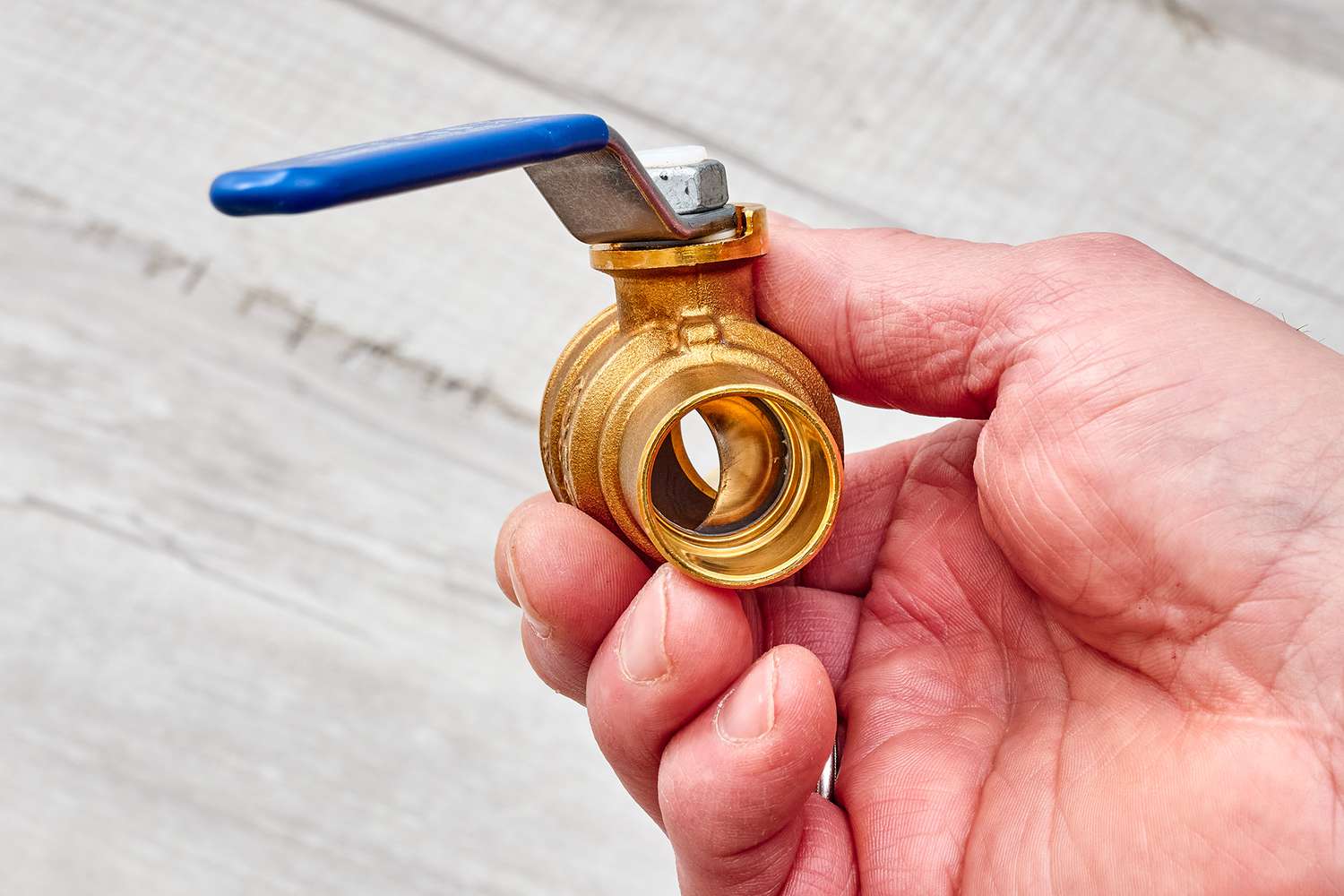
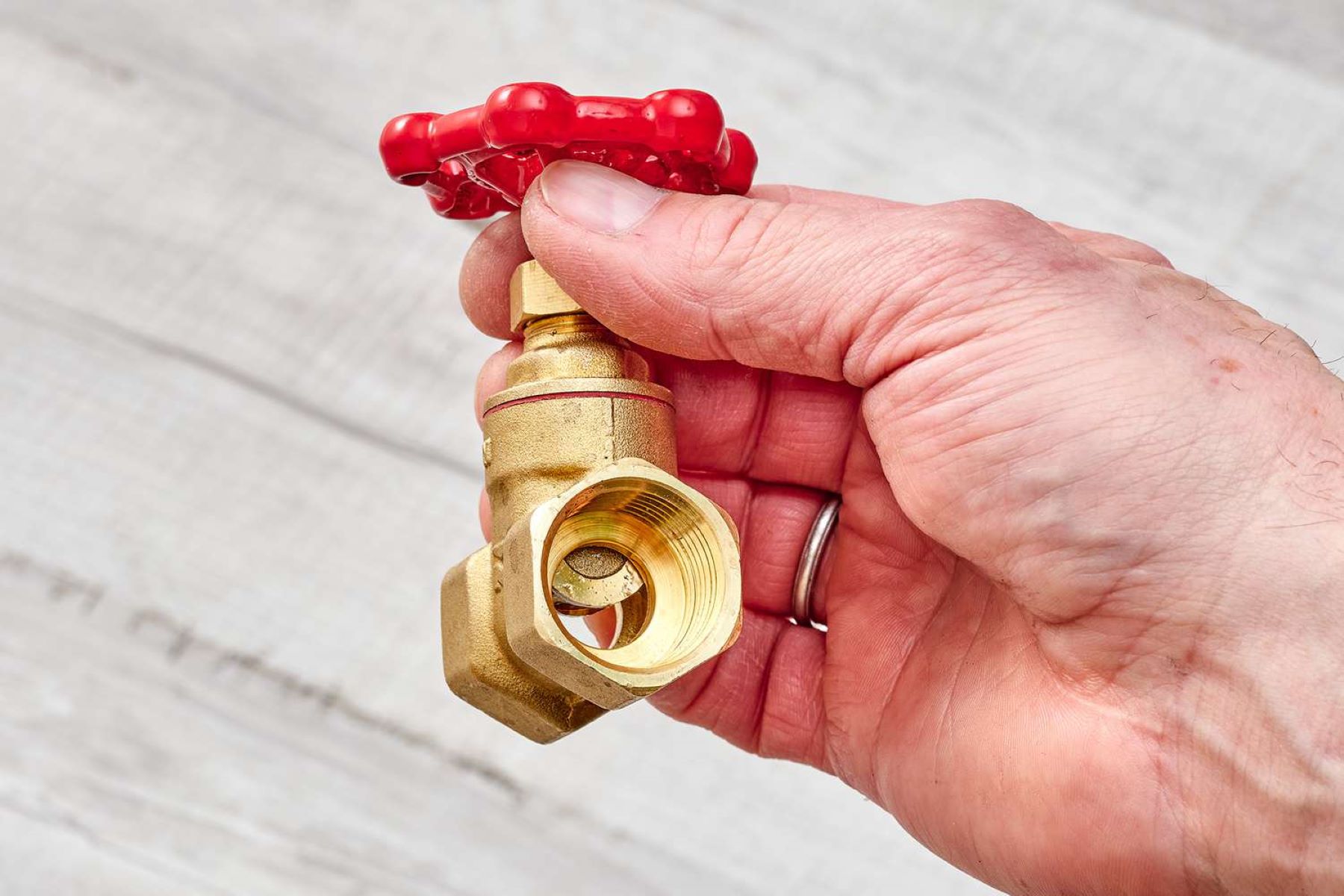
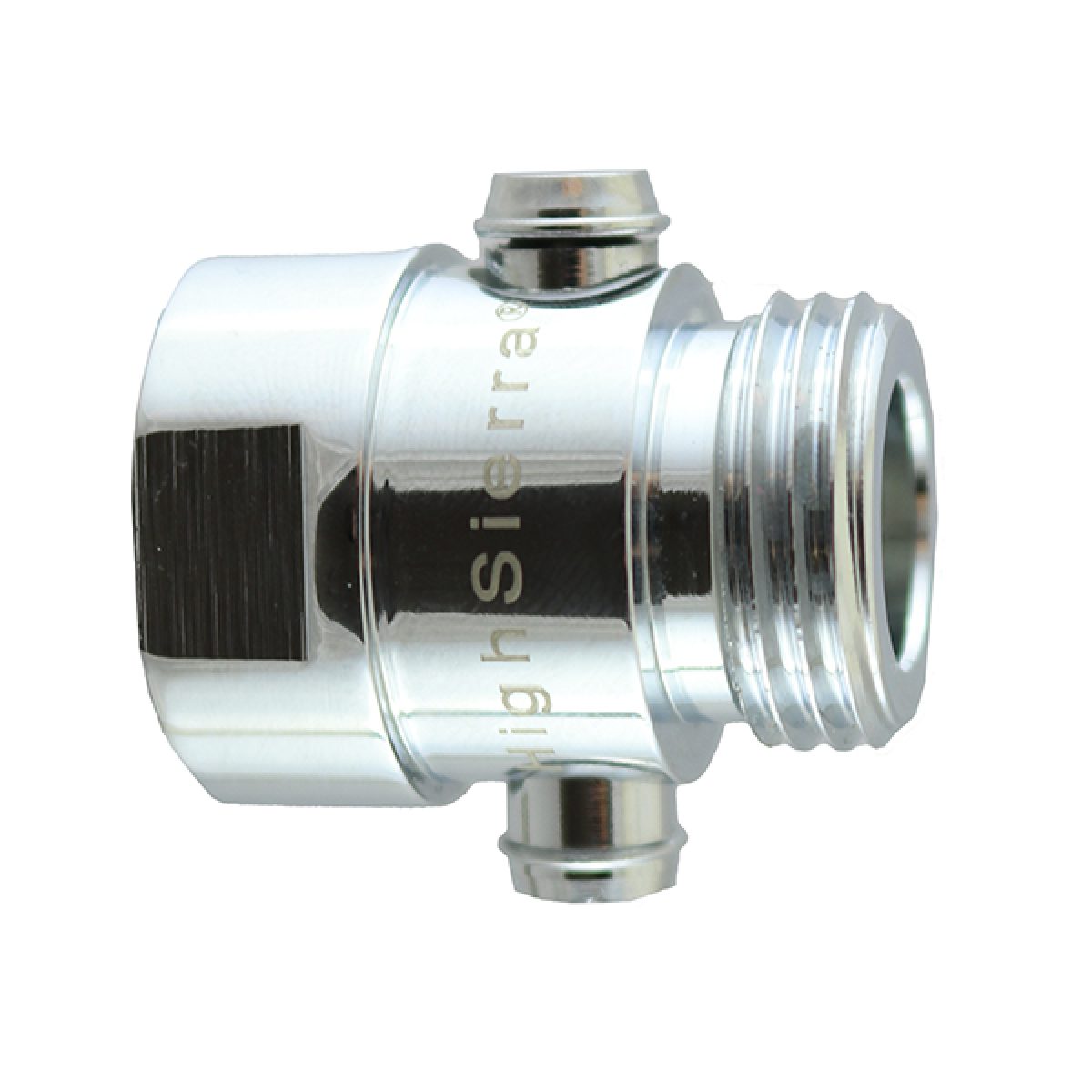
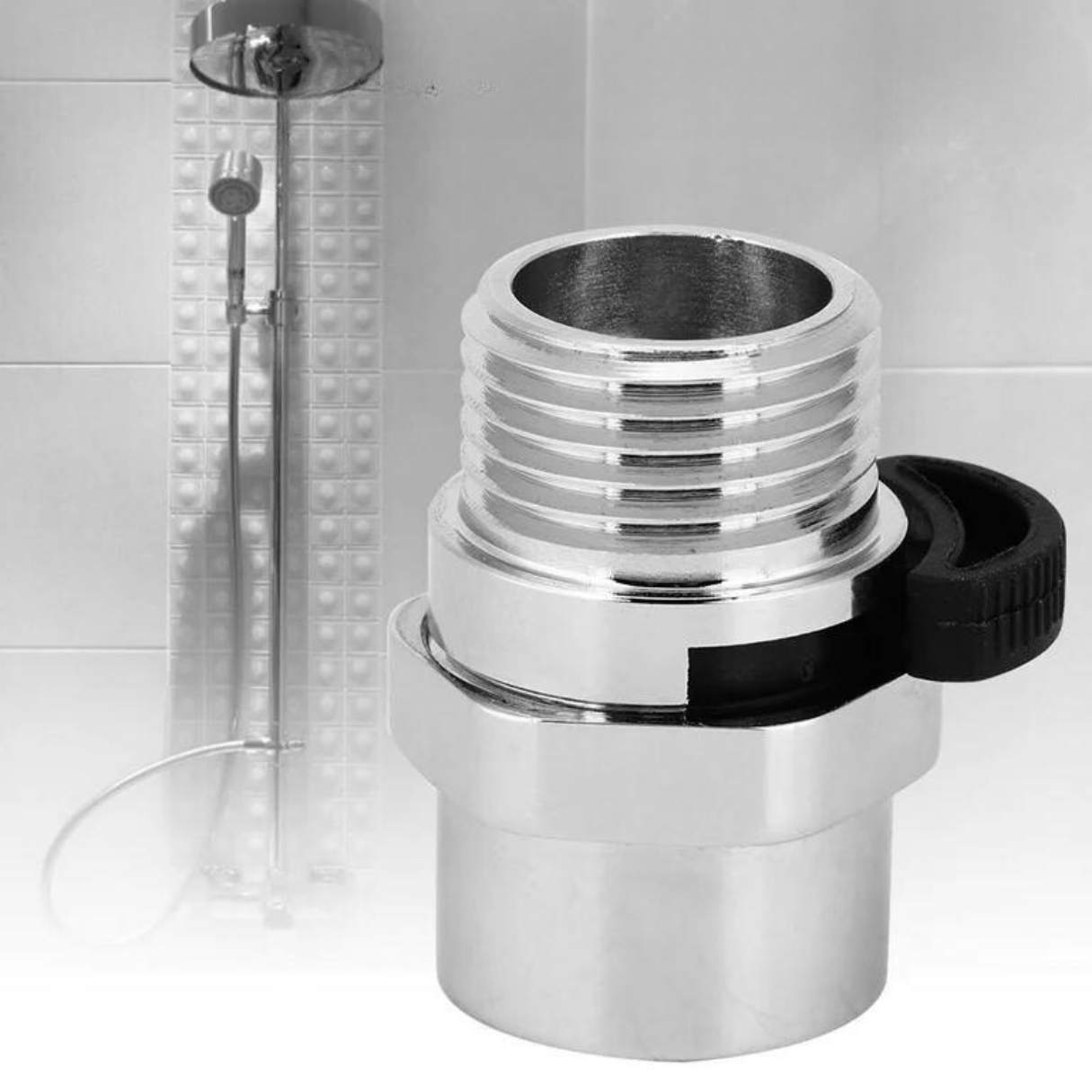
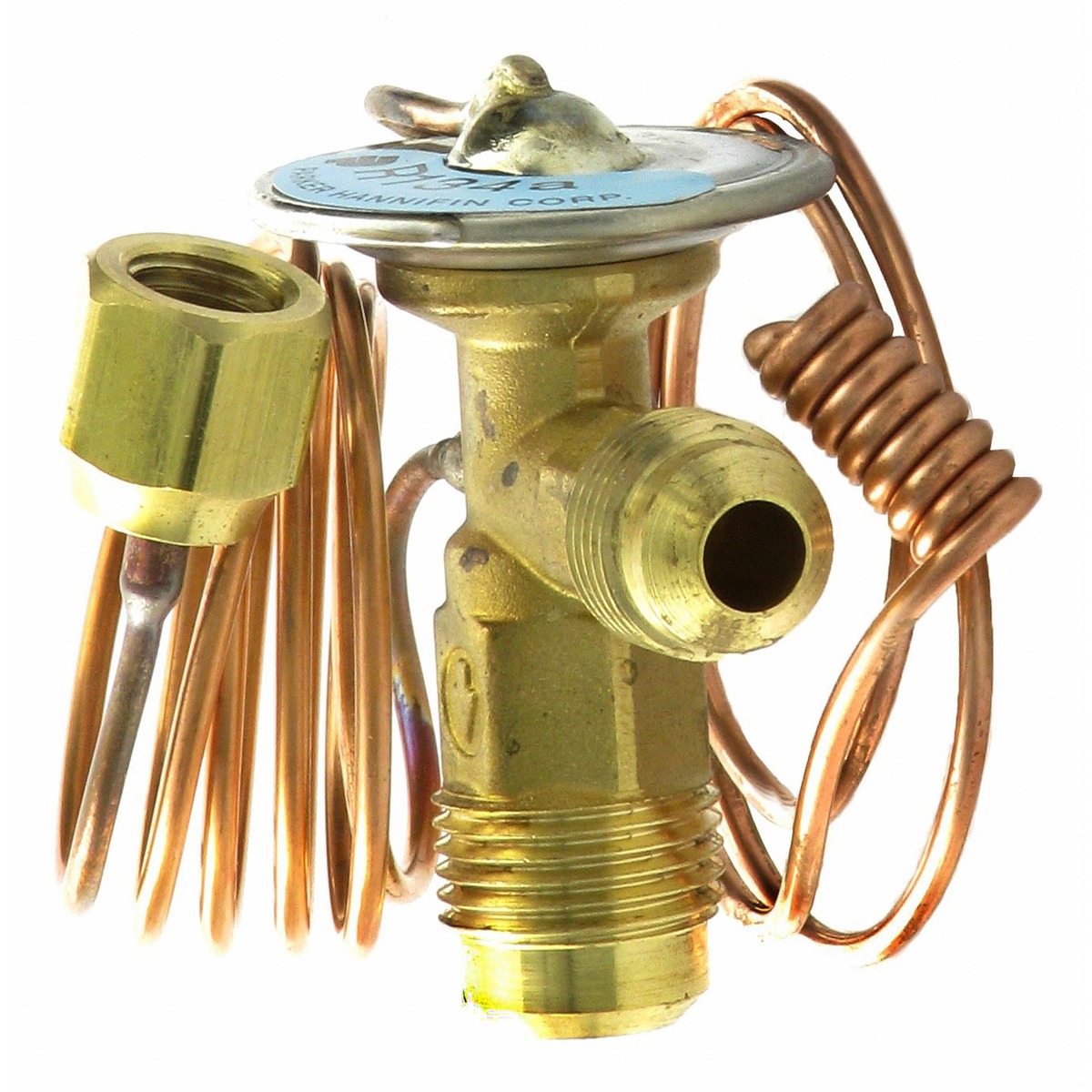
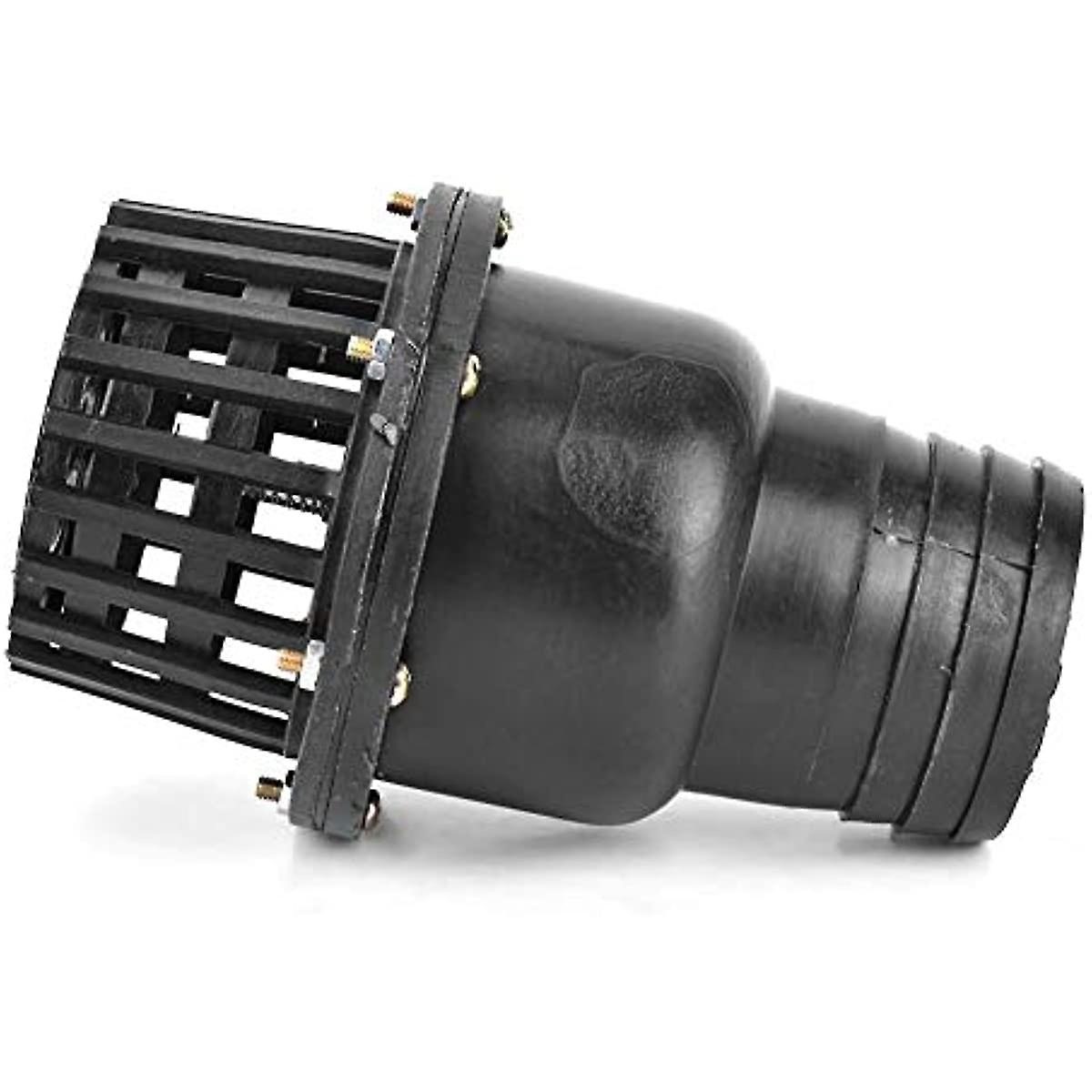


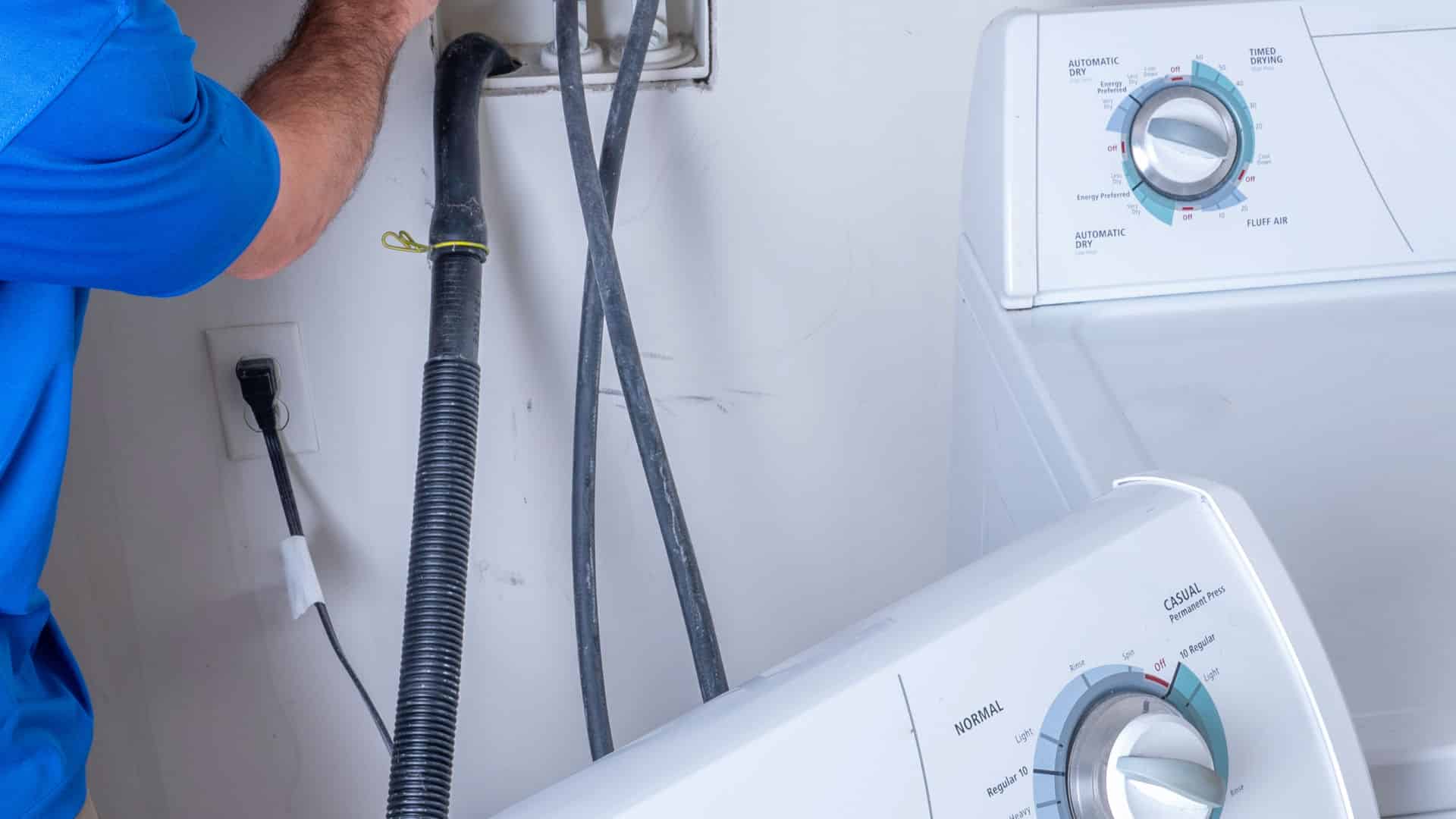

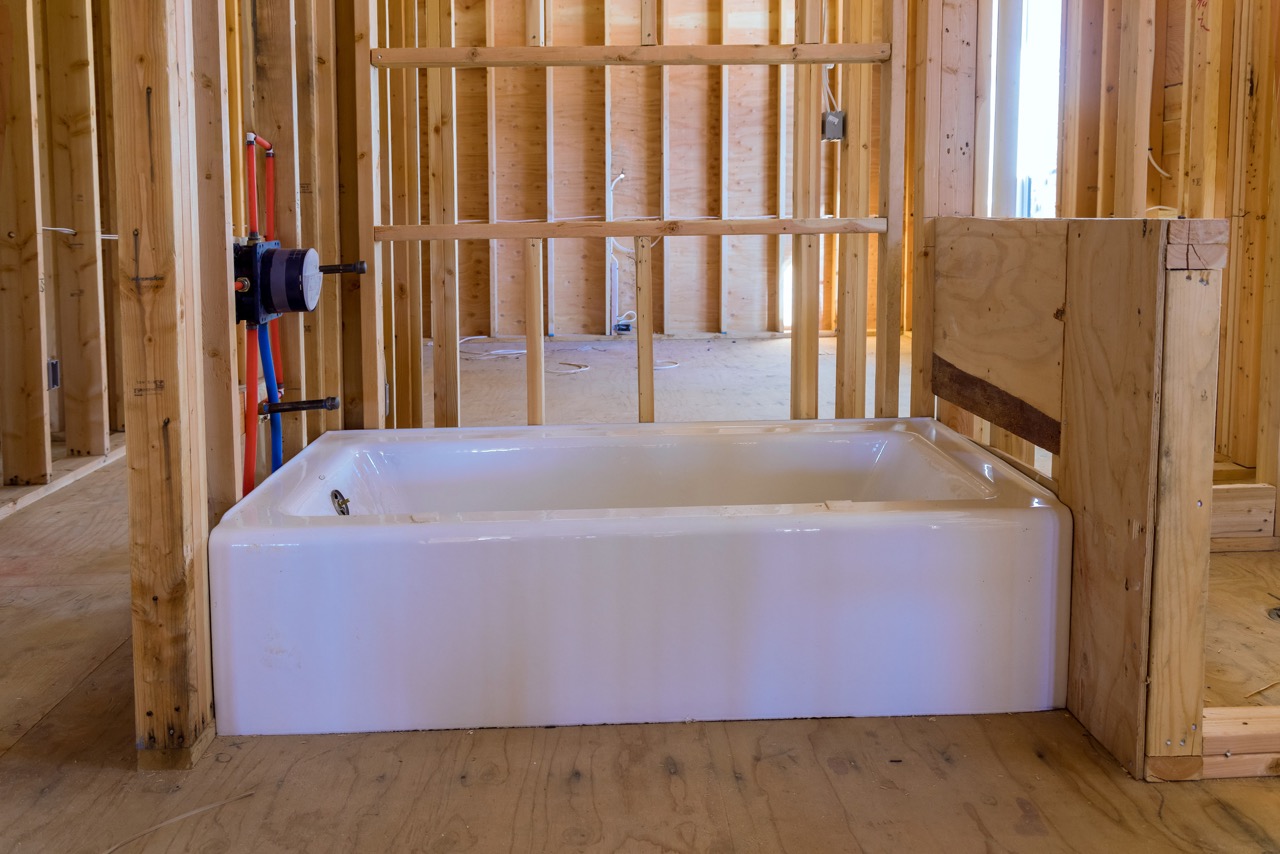
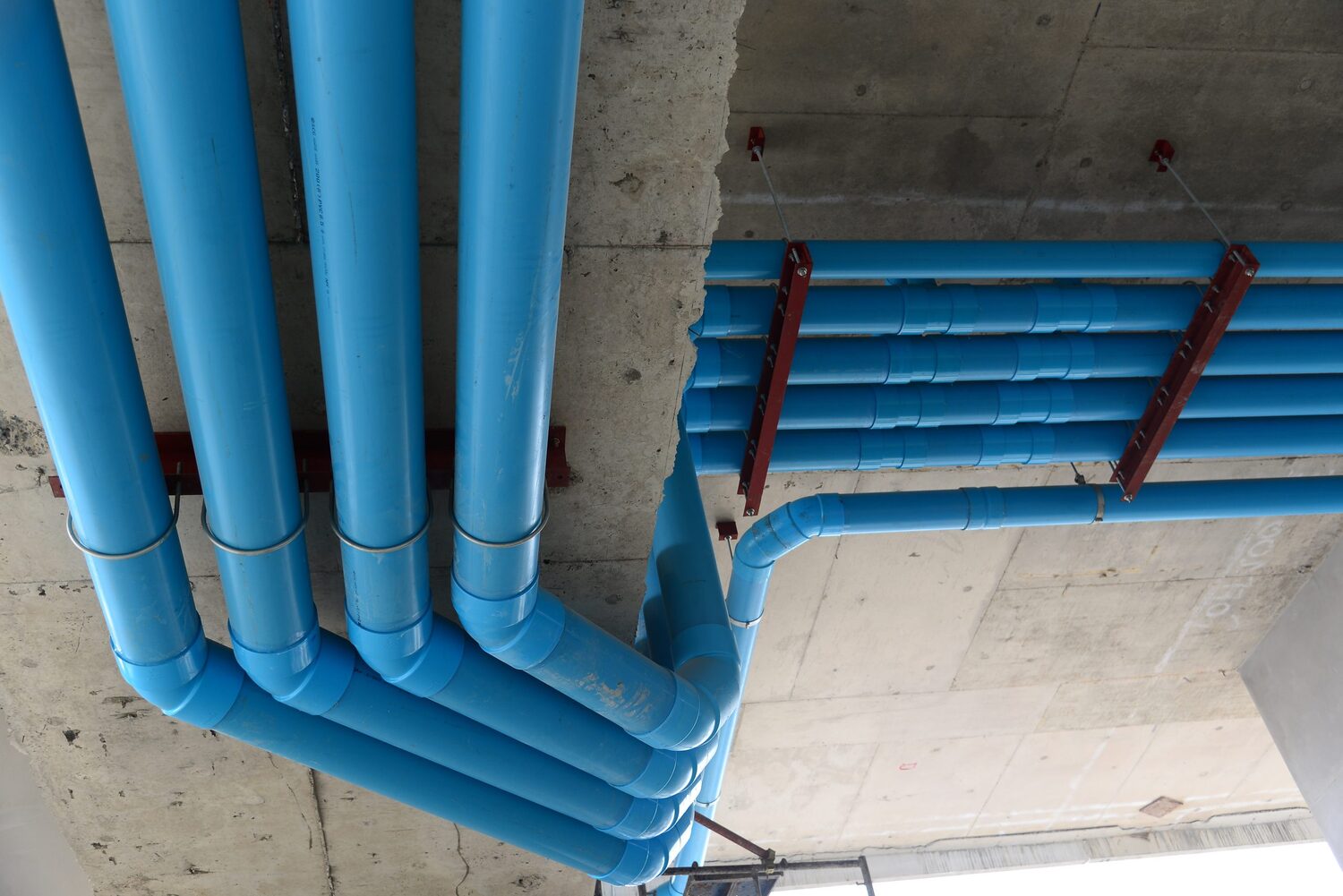
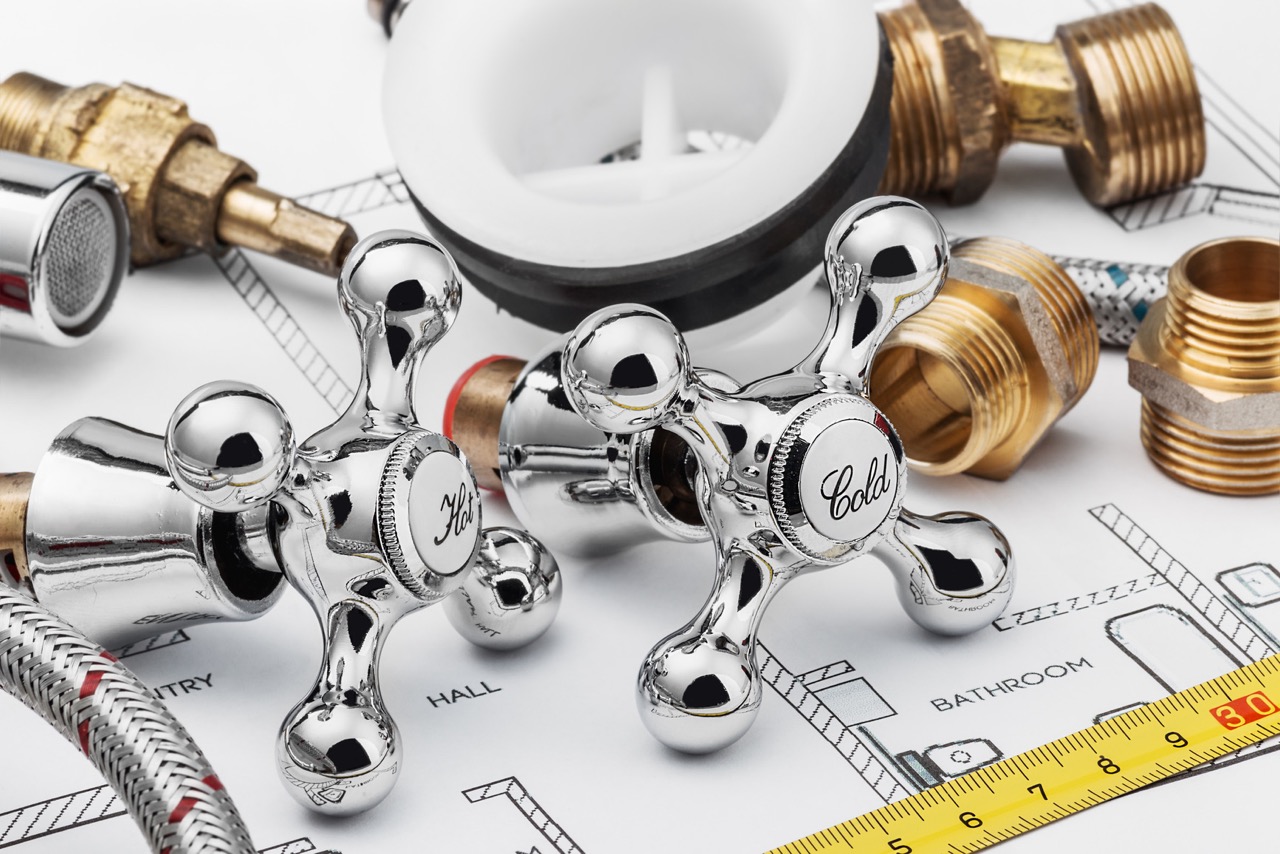

0 thoughts on “What Is A Gate Valve In Plumbing”